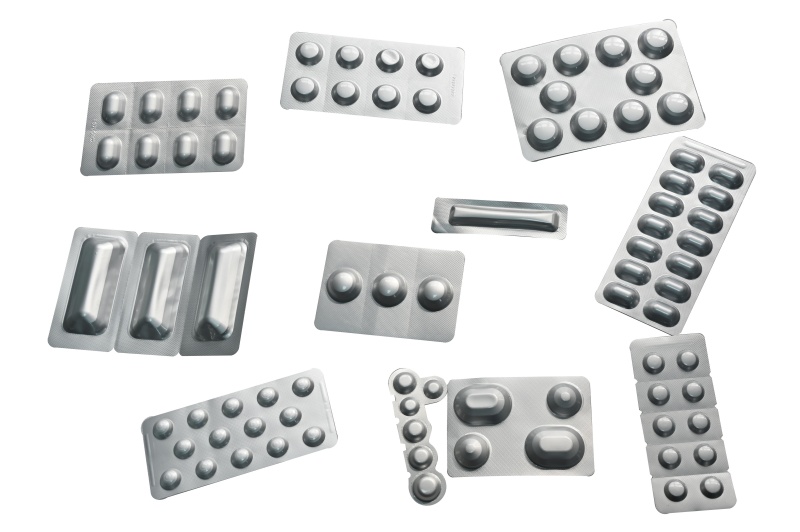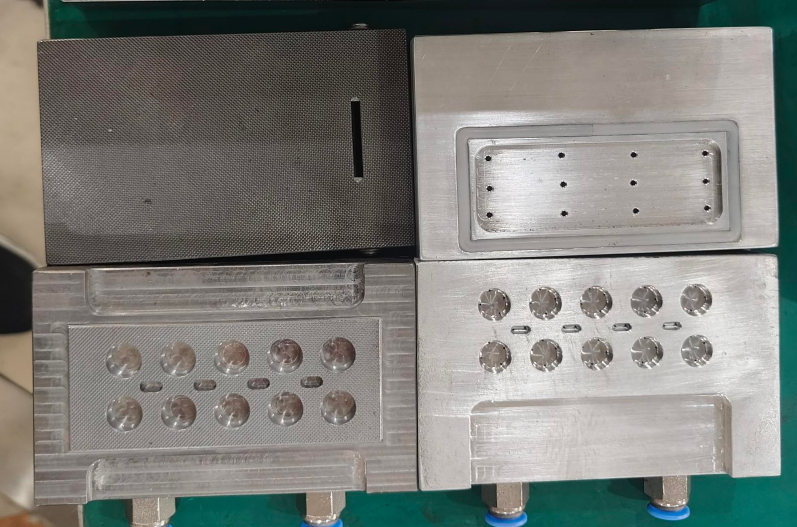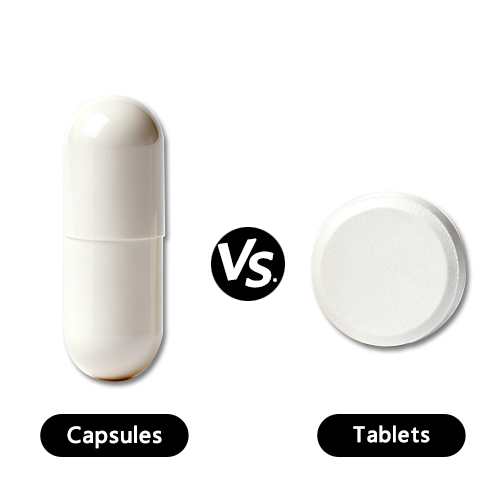Pills are one of the most common ways people take medicine. They are small, easy to carry, and come in many types, like tablets and capsules. Some types of pills work fast, while others release medicine slowly. Some are easy to chew or mix with food, which helps people who have trouble swallowing.
Because every person and illness is different, pills are made in many forms to suit different needs. In this article, we discuss the many types of pills and how they are used.
Classification by Physical Form
Medicines in pill form are designed in different shapes and materials to suit how they work in the body. The structure of a pill affects how fast it breaks down, how the body absorbs it, and how easy it is for a person to take it. Two major types of pills are capsules and tablets, each of which has unique features based on how they are made and used.
Capsules
Capsules are made with an outer shell that holds medicine inside. The shell is usually smooth, which makes it easier to swallow. Hard capsules carry powdered or tiny pellet forms of medicine and are often used when a precise amount needs to be delivered.
Softgel capsules contain liquids or oils and break down faster in the stomach, so they are mainly used for quick-acting treatments like vitamins or fish oil. Some capsules can be opened, and the contents poured and mixed with food or drink, making them useful for people who can’t take whole pills.
Tablets
Tablets are compressed into a solid form and come in different shapes, sizes, and coatings. Some have a special layer that helps protect the stomach or control how slowly the medicine is released. Chewable tablets are made for people who have trouble swallowing, especially children.
There are also tablets that melt in the mouth without water, which is helpful during travel or emergencies. Effervescent tablets dissolve in water and are often used for people who dislike swallowing pills.
Release and Timing Mechanisms
Different types of pills are made to release their medicine at different speeds. This helps match the treatment to the body’s needs, whether the relief is needed quickly or the medicine must stay in the system for a long time.
These release styles help improve how well the treatment works, reduce unwanted effects, and make it easier for people to follow their medication routine. Some pills give quick results, while others are designed to work slowly and last longer. Below are three major types based on how and when the medicine is released in the body:
Fast-Acting Pills with Immediate Effect
Fast-acting pills are made to dissolve quickly and start working as soon as possible. Once swallowed, they break down in the stomach and send the medicine into the bloodstream right away. Such types of pills are used in situations that require quick results, such as headaches, allergic reactions, or high fever.
The effect comes fast but usually stays for a short time. If the problem continues, another dose may be needed later in the day. This type is helpful when sudden symptoms appear and fast relief is needed. For example, someone experiencing a sudden migraine during work might take a fast-acting painkiller.
Within 15 to 30 minutes, the medicine can reduce the pain enough to help them return to their tasks. Similarly, in cases of food allergies, fast-acting antihistamines can stop symptoms like swelling or itching before they become severe. These pills are also useful for reducing high fever in children quickly, helping prevent discomfort and complications.
Time-Release Pills for Steady Medication Flow
Time-release pills are designed to release medicine slowly over many hours. They have special coatings or layers that control the speed of release. This allows the medicine to stay in the bloodstream for a longer time, which is useful for long-lasting problems like high blood pressure or joint pain.
A person with high blood pressure may take a time-release pill in the morning that keeps their blood pressure stable for the whole day. This way, they avoid the ups and downs that can happen with short-term medicines.
The main benefit is that a person does not need to take the pill many times a day. It also keeps the level of medicine in the body stable, which improves treatment and lowers the risk of severe side effects.
Multi-Phase Release Capsules with Delayed Effects
These capsules contain small particles or layers that release medicine in steps. Some parts dissolve and start working right after the capsule is taken, while others release medicine a few hours later.
One example is a capsule used for cold symptoms. The first layer helps clear a blocked nose quickly, while the next layers slowly release medicine to ease coughing and body pain throughout the day.
Such types of pills give both fast and long-lasting relief. These work well for people who need medicine to start working quickly and then continue to help them through the day. With fewer doses needed, this form supports a smoother treatment process and better comfort.
Pill Options Based on User Needs
Some types of pills are specially designed for people who face challenges with the normal type of medications. These designs help improve comfort and timely effect. You will find many formats that support patients who need different ways to take their medicine:
Easy-to-Chew Medication
These tablets are taken by chewing instead of just swallowing them whole. They are shaped and flavored to make them easier to take, especially for children and older adults. Chewable calcium and multivitamin tablets are examples commonly used in daily routines. This form removes the difficulty of swallowing and offers a simpler way to stay on treatment.
These types of pills are especially helpful for patients with dysphagia or dental issues. Some come in fruit or candy-like flavors to make the experience pleasant. Healthcare providers recommend chewables for long-term supplements or when liquid forms are unavailable.
Melt-in-Mouth Pills for Quick Relief
There are tablets that dissolve quickly on the tongue without the need for water, known as melt-in-mouth pills. They are useful when fast action is needed or when swallowing is not possible. Migraine and allergy medications are commonly made this way to provide fast relief during sudden symptoms.
They are designed to start dissolving within seconds of placement on the tongue. This avoids delays caused by digestion and allows faster absorption. They are also useful in situations where clean drinking water is not available. The pills can also benefit people during travel or patients with nausea.
Food-Compatible Capsule Types
These capsules contain tiny granules that can be sprinkled onto soft food like yogurt or porridge. The medicine remains effective even when taken this way. This method supports patients who cannot swallow at all, such as those with certain medical conditions or feeding tubes. Several seizure and behavioral medicines are available in this format for flexible and safe dosing.
Pills by Method of Administration
Some medications rely on how they are taken into the body. While many are swallowed, others use the soft tissues in the mouth or are inserted in specific areas to target internal needs more directly. These methods are used to make absorption faster, more targeted, or easier for those with medical or physical limitations.
Pills Taken Orally via the Digestive System
This is the most common way people take medicine. These types of pills are swallowed and pass through the stomach and intestines, where they dissolve and release the active ingredient. They work well for drugs that can survive stomach acid and need to act in the bloodstream after digestion.
For example, pain relievers and antibiotics are usually taken this way. According to research, over 70% of all medications in tablet or capsule form are designed for oral digestion.
Under-the-Tongue Absorption Tablets
These tablets are placed under the tongue and allowed to dissolve slowly. The thin tissue under the tongue allows medicine to enter the blood directly without going through the digestive system. This makes the drug act faster and is useful in emergencies like chest pain.
Nitroglycerin is a well-known example used by heart patients. This method is called sublingual delivery and is recommended when a rapid response is needed.
Inner-Cheek Dissolving Pills
These types of pills are similar to sublingual tablets but are placed between the cheek and gums. The drug enters the bloodstream through the cheek’s soft lining. This approach avoids the stomach and is helpful for people who cannot swallow or who vomit frequently. It also reduces drug breakdown by stomach acid, which can be important for drugs that lose strength when digested.
Non-Oral Suppository Applications
Some medications are designed to be inserted into the rectum or vagina. These suppositories melt at body temperature and allow the drug to be absorbed by local blood vessels. This is useful for people who cannot take pills by mouth, such as children or patients after surgery. It is also used when a local effect is needed, like in certain anti-inflammatory treatments.
It is, however, reported that rectal drug delivery is more commonly used in hospitals than at home, due to the precision it offers for specific conditions.
Conclusion
Different types of pills are made in different forms to match people’s health needs and daily habits. Some work fast, others release medicine slowly. There are pills for those who cannot swallow easily or need to take medicine without water. Each type has a special purpose to help people take their treatment in a simple and helpful way.
Recommend Readings:
Pill Identifier – Find Pills by Color, Shape, Imprint, or Picture







